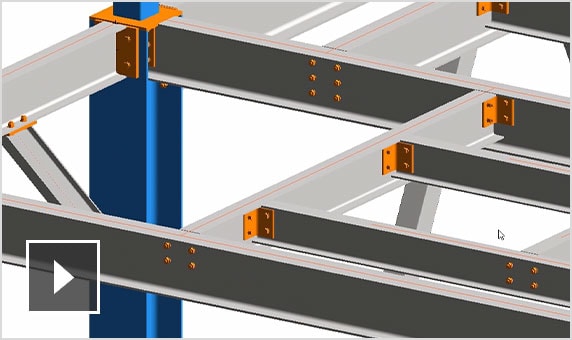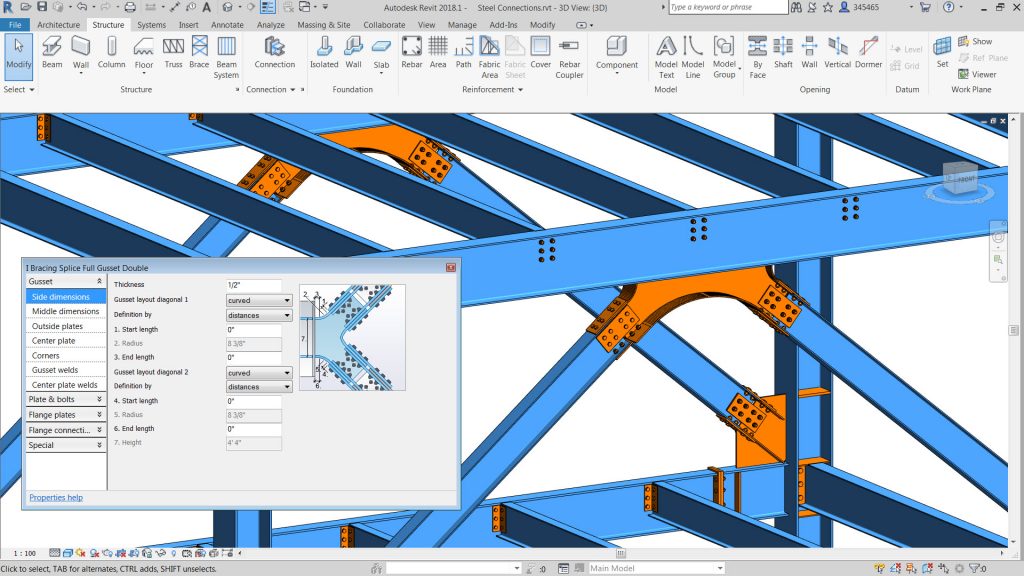

Imagine all the benefits of this new t ool : increased productivity, greater optimization, and improved quality of modelling by reducing the number of manual operations needed for creating steel connections. And this is what we encourage Dynamo experts to pursue when implementing customized standardization of rules for placing connections by an open rules-based system in their own compan ies. The collection of out-of-the box scripts that are deliver ed with the Dynamo package represent both tools for immediate use of placing various connections types in steel buildings and building blocks for bespoke workflows, depending on the requirements of each project.ĭemocratizing automated processes played a key role in defining our mission and that is why we be lieve rules need to be controllable by any structural engineer from within the environment that you are most familiar with.

F inally, the connections are placed.īut b efore all of this starts to sound too technical, it’s important to point out that the rules can be controlled from Revit by using the Dynamo player where the main parameters can be tweaked so that connections are placed as needed. T hey are filtered on certain criteria (which can be related to section, slope angle, slant angle, angle between the axes of the elements, and zone type). S tarting from previously selected model elements, these are grouped into potential connection node s. These nodes can identify similar geometrical conditions for placing standard and custom connections and enable a simple flow of rules. ĭynamo for Revit users can creat e rules for adding steel connections on a structure or a selected part of it, based on new Dynamo nodes that are grouped under a new package called Autodesk Steel Connection 2020. Steel Connections for Dynamo and its sample scripts will help engineers to work more productively when modelling, placing steel connections, optimiz ing design and material consumption.

O ne that stands out from the rest was created for the structural engineer. Autodesk Revit 2020 delivers several new functionalities.


 0 kommentar(er)
0 kommentar(er)
